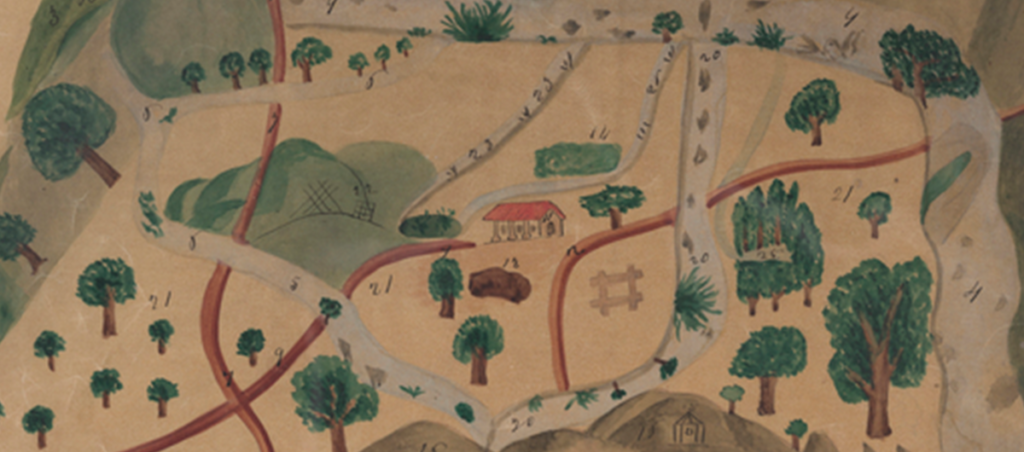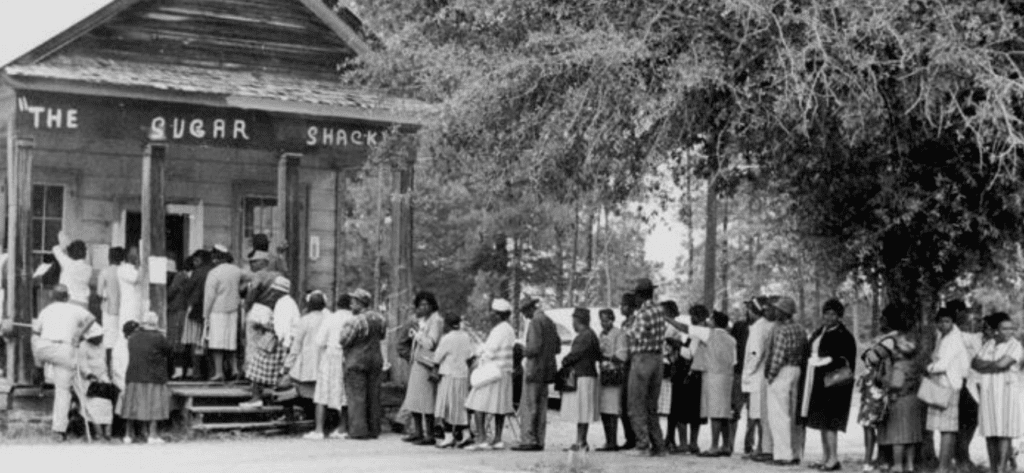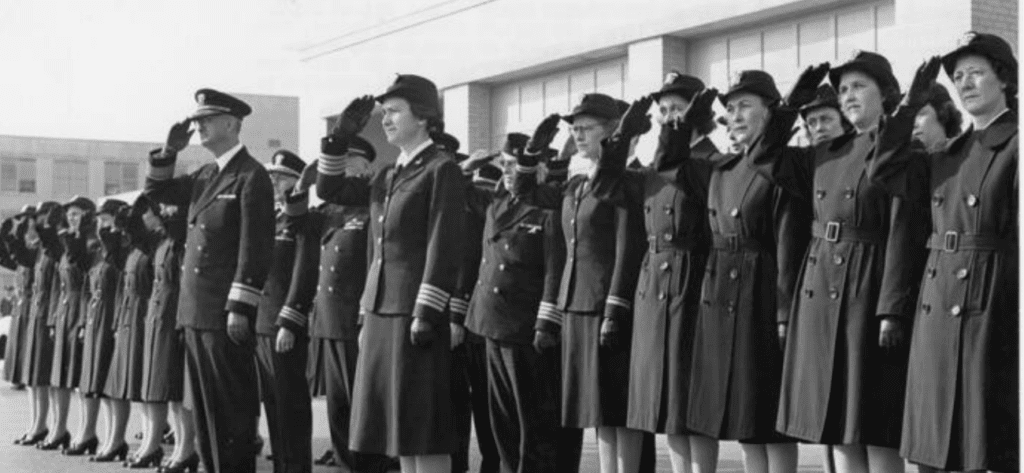Tuesday, June 20, 2023 – Wednesday, October 18, 2023
East Rotunda Gallery

At the end of the Mexican-American War, the United States annexed more than half of Mexico’s territory under the 1848 Treaty of Guadalupe Hidalgo. Under its terms, the U.S. promised to protect the property rights of Mexican citizens who had received land grants (ranchos) in the territory from Mexico or Spain. In 1851, Congress passed a law that required Mexican landowners in California to confirm their titles with the federal government. It was a lengthy and expensive process further complicated by different languages, laws, and customs. The cost of proving legitimate ownership was often the land itself.

Government officials used diseños (sketch maps) like the above as evidence of property boundaries. Today diseños are important evidence of the profound impact that the Mexican Cession had on the lives of some Mexicans whose land became part of the United States.
For more information and resources related to Hispanic and Latino heritage, visit:




